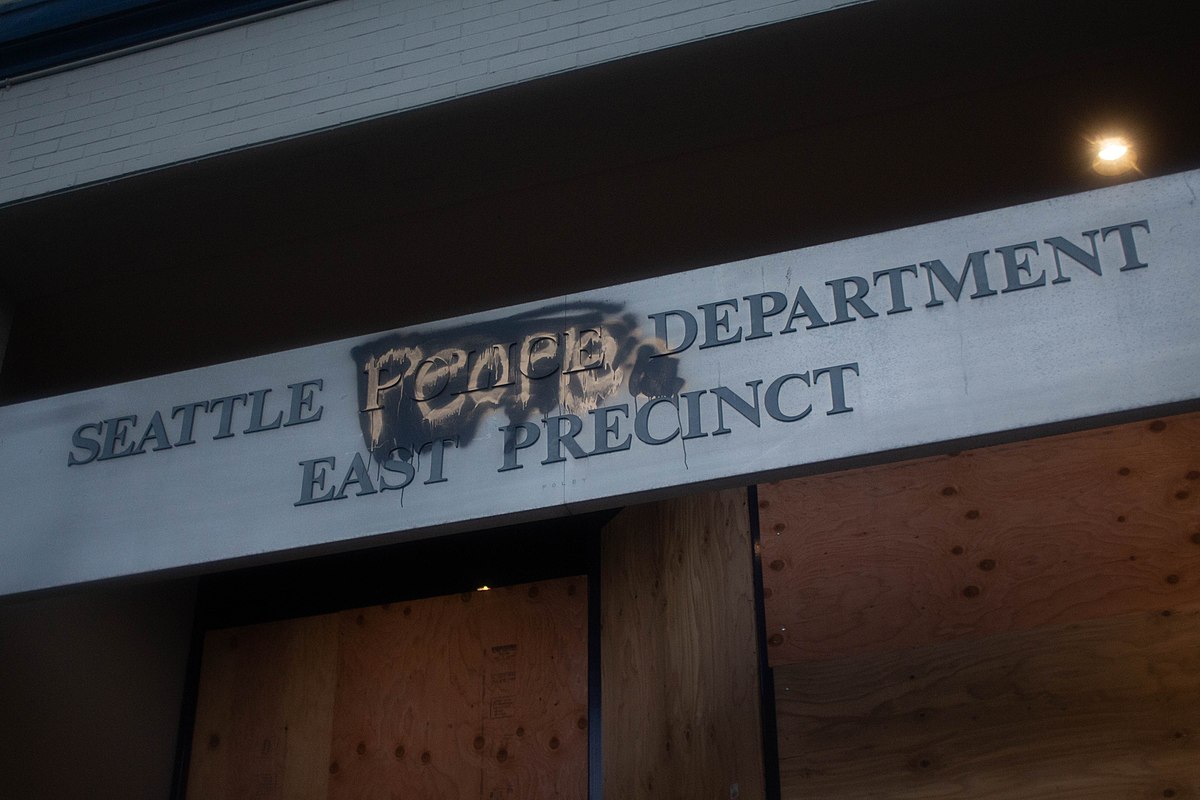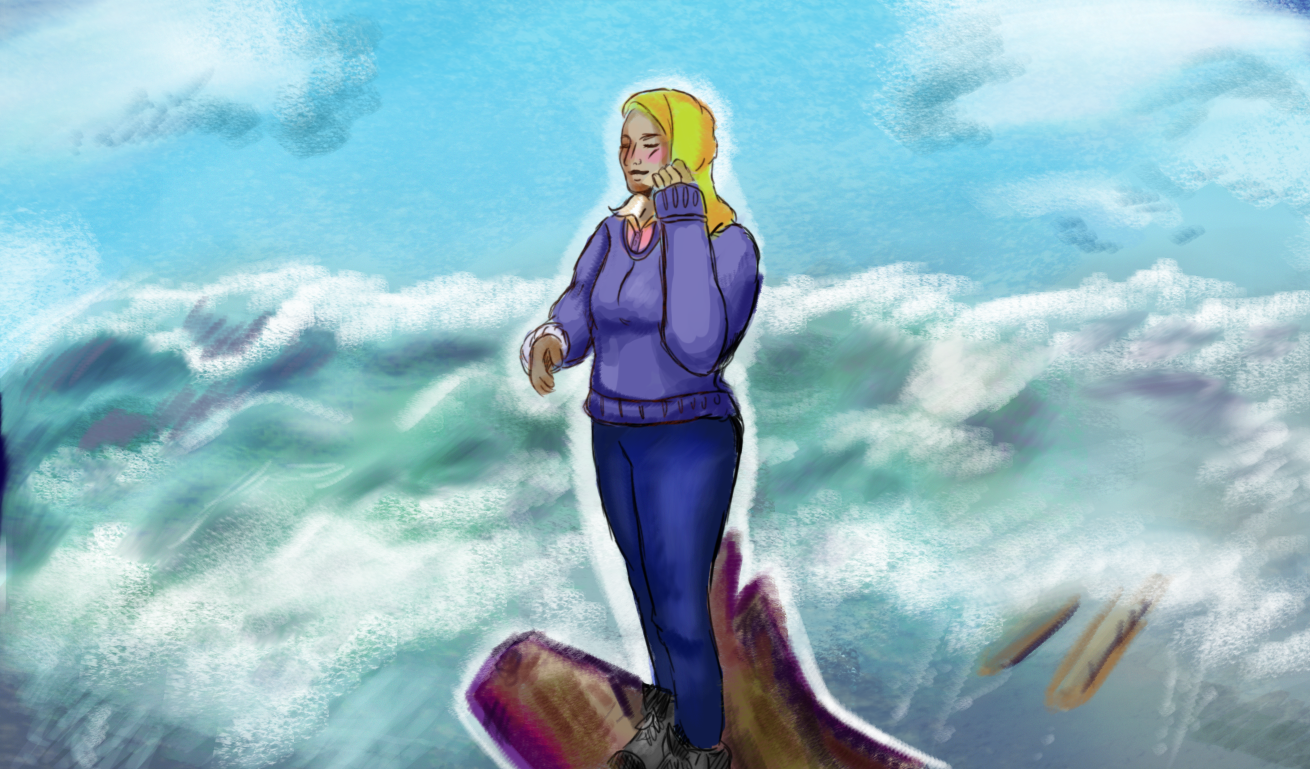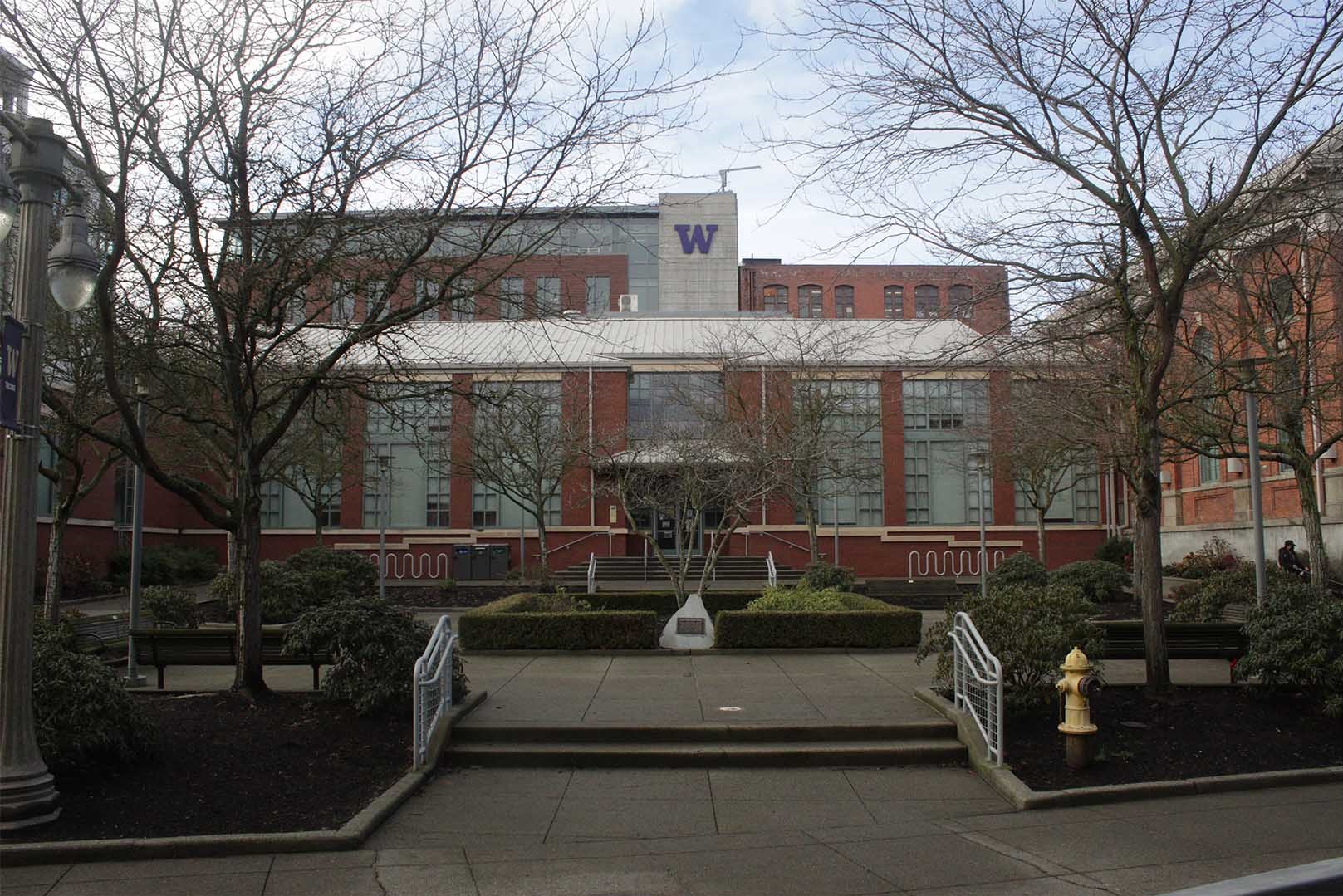Mutual aid: Sustaining the fight for justice
A movement, not a moment; every skill is needed.
“On the ground” is a term used to refer to those that take different forms of direct action to the streets to call attention to injustices. While this form of action is necessary and valuable we shouldn’t overlook all of the other work that happens behind the scenes to support movements as a whole.
Often we see an emphasis on the work taking place in the streets. From daytime marches and education events with a more peaceful approach. To counter protests and night marches which often end up directly opposing police, sometimes even bringing the fight to their doorstep. But none of this would be possible or sustainable without the organization from all sides.
Massive amounts of support is needed in order for these events to take place safely. Direct action groups coordinate with medics, car brigades, and security groups — all to ensure the safety of those demonstrating. These forms of support are necessary due to the violence that protestors are often met with from both state and non-state actors.
All of this work happens directly on the ground, but there are other forms of support that go on out of the streets that are just as essential to the success of the movement. Various forms of mutual aid are key to sustaining the movement as a whole and ensuring the safety of those on the ground, in the moment and after the action has died down.
Mutual aid comes in every form imaginable, and it all has to do with meeting the needs of the community. When it comes to the protest community some of the most fundamental examples are organizations that provide gear to protestors to ensure their safety — such as helmets, body armor, and respirators. If demonstrators were not equipped with these protections early on, the movement would not have been able to continue. The level of violence faced in the early days of the protests was insane, it quickly became apparent that protection was a necessity while in the streets.
But it doesn’t end there, we also see examples of supplies being provided for medics from saline solution to wash out eyes, gauze for wounds, tourniquets and more. Keeping medics supplied saves lives on the ground.
Jail support is always an invaluable asset to those on the ground as well. Groups that provide this kind of support guarantee that if you are picked up at an action you have legal assistance on hand to help you navigate the situation. It’s common to see protestors with the number for a local organization providing aid to their peers scrawled on their arm, and right before things really start going down someone is always passing around a sharpie with the number memorized to ensure that no one is left without assistance in case of arrest.
Other incredible examples include those providing food for the community. There have been a number of sustained occupy style protests, with these comes the need for meals to be provided to those on the ground, so we see pop up style groups come to prepare meals for people.
There are also examples of mental and physical health services being offered to demonstrators. These services are key to sustaining the movement. Taking care of people’s mental and physical wellbeing ensures that they are able to continue coming out and know that they have a support system to back them up.
Moreover, we oftentimes see these sorts of mutual aid groups extend their work to provide aid to the houseless community in their local area helping to supply people with basic needs in order to live. Houseless individuals are members of our community too, and they are members whose needs are often ignored by the state. When mutual aid groups work to meet their needs it exemplifies how “we take care of us,” a phrase often chanted in the streets, applies to all revolutionary practices. It highlights the state’s failures to do this and instead uses its resources to grant itself more power over the masses.
All of these are key to the sustainability of the movement.
With this in mind it is important that we recognize not only the necessity of this work but also the validity of not being on the ground. There are any number of reasons that a person may have decided against stepping foot in the streets and instead may opt to offer their support elsewhere, and those reasons are valid. It is dangerous, physically taxing and traumatizing work. It is not something that everyone needs to, or can, do and there are other ways to help that are just as valid and just as useful. We need everyone in this fight in whatever capacity they have decided is the best fit for them.
The sustainability of the movement comes from all of us coming together and bringing what we can to the table. Any way that someone decides to dedicate themselves to the cause is needed, and we should do all we can to encourage people to learn about the different ways they can lend their aid. With that in mind, I have attached an incomplete list of Mutual aid organizations in the area, reach out and get involved.
Look for these organizations on social media to see how you can help out!
General:
Tacoma Mutual Aid Collective
Tacoma Intersectional Anarchists (found at tac.intersectional.action on social media)
Black Lives Matter Tacoma
Seattle Mutual Aid collective
Olympia Assembly
COVID-19 Mutual Aid
Jail Support:
Olympia Jail Support
NLG Seattle Chapter
Food:
Food Not Bombs
Food is Free Tacoma
Riot Kitchen 206
19th St. Little Free Pantry
Feed253
Health:
Physical:
Pink Umbrella Medical Collective (OTG work, but accepts donations for supplies)
Green Light Project
Mental:
PDX Care collective
Houseless Aid:
Tacoma Housing Now
Capital Hill Community Center
Other:
Seattle Car Brigade (OTG but accepts donations)



